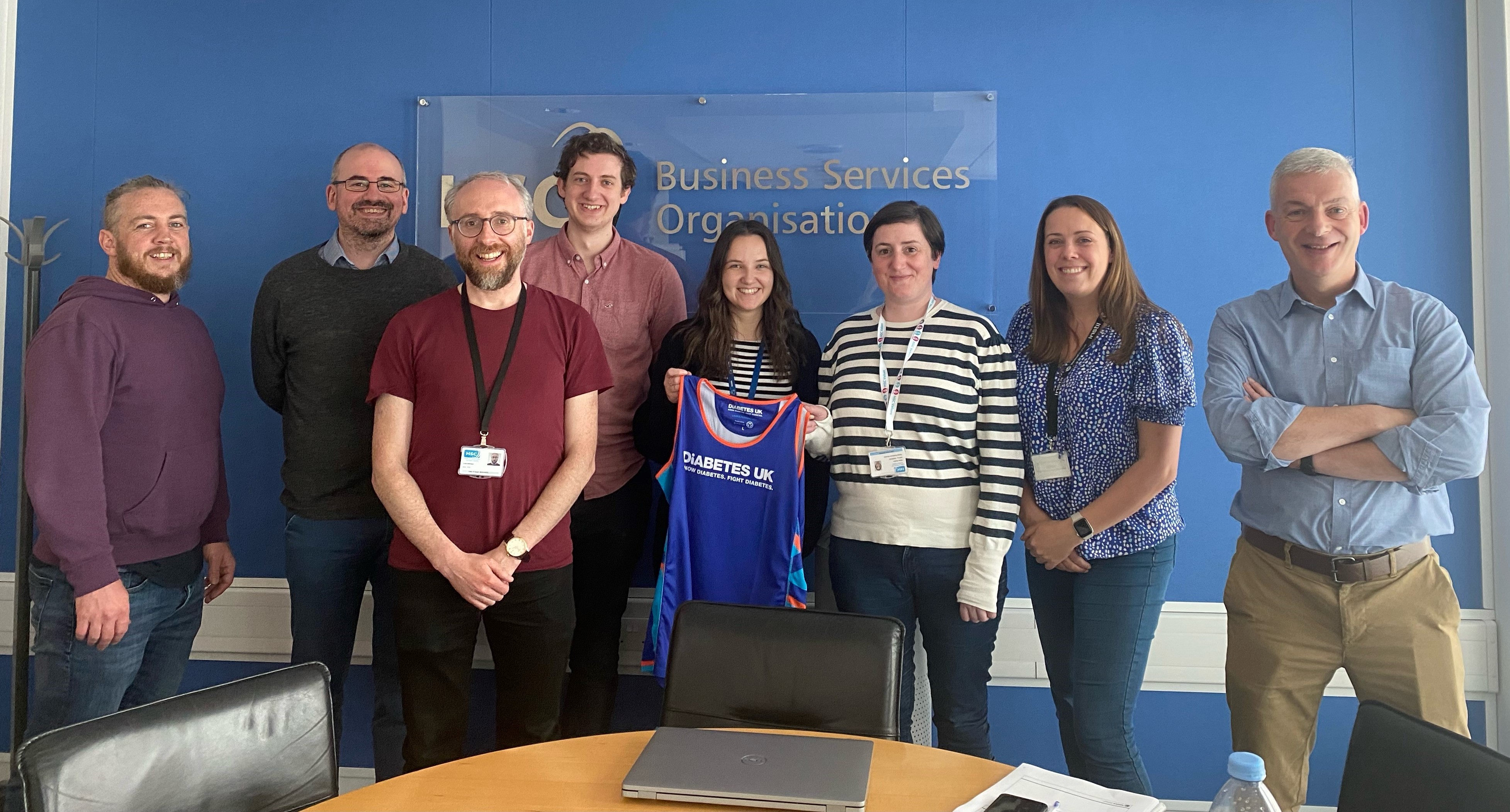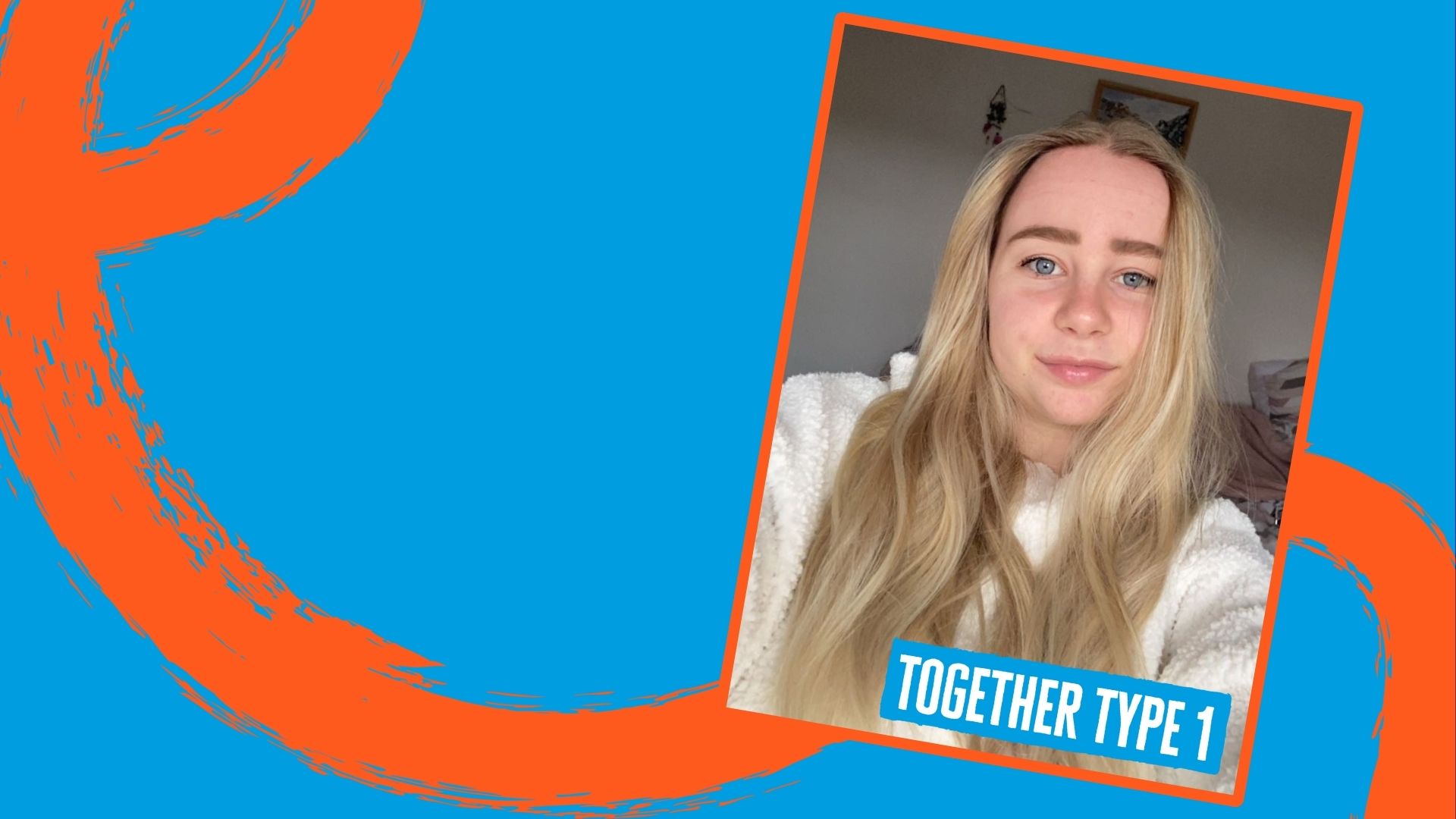
Graham Freer
Diagnosed with LADA in 2003.
Having diabetes has become part of who I am, part of my identity and I feel a sense of pride in living a normal life, and achieving the things I want to, despite having the condition.
Graham grew up with a twin brother that had type 1 diabetes. Twenty years later Graham was diagnosed with type 2, which came as a surprise as he didn't fit the profile. After four years Graham found out that he was neither type 1 or type 2, but a third type of diabetes know as LADA (Latent Autoimmune Diabetes of Adulthood) or type 1.5.



